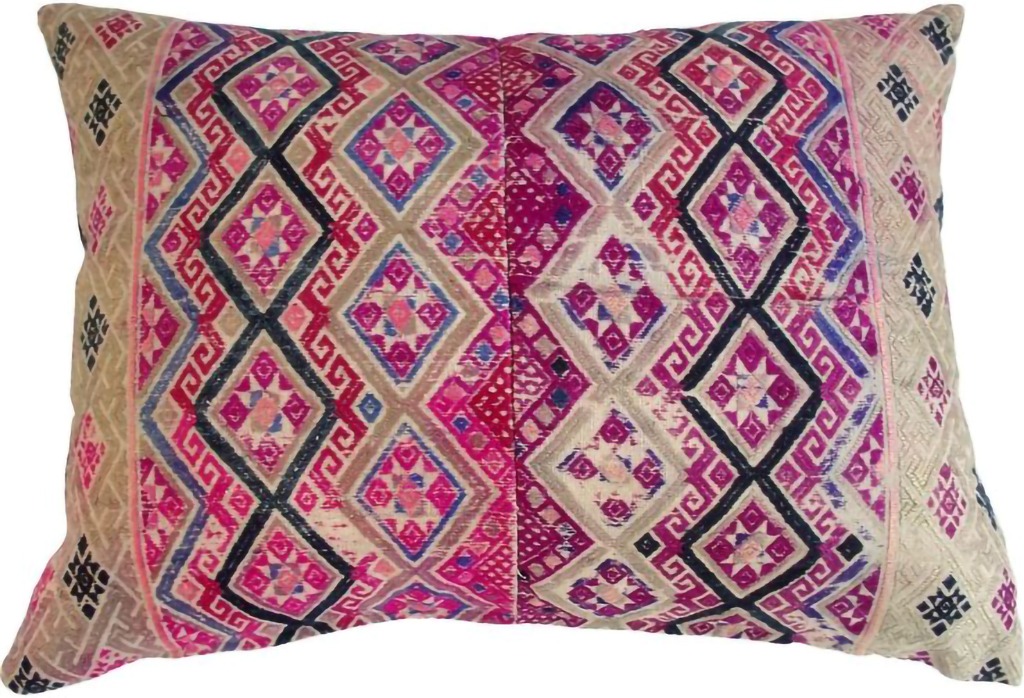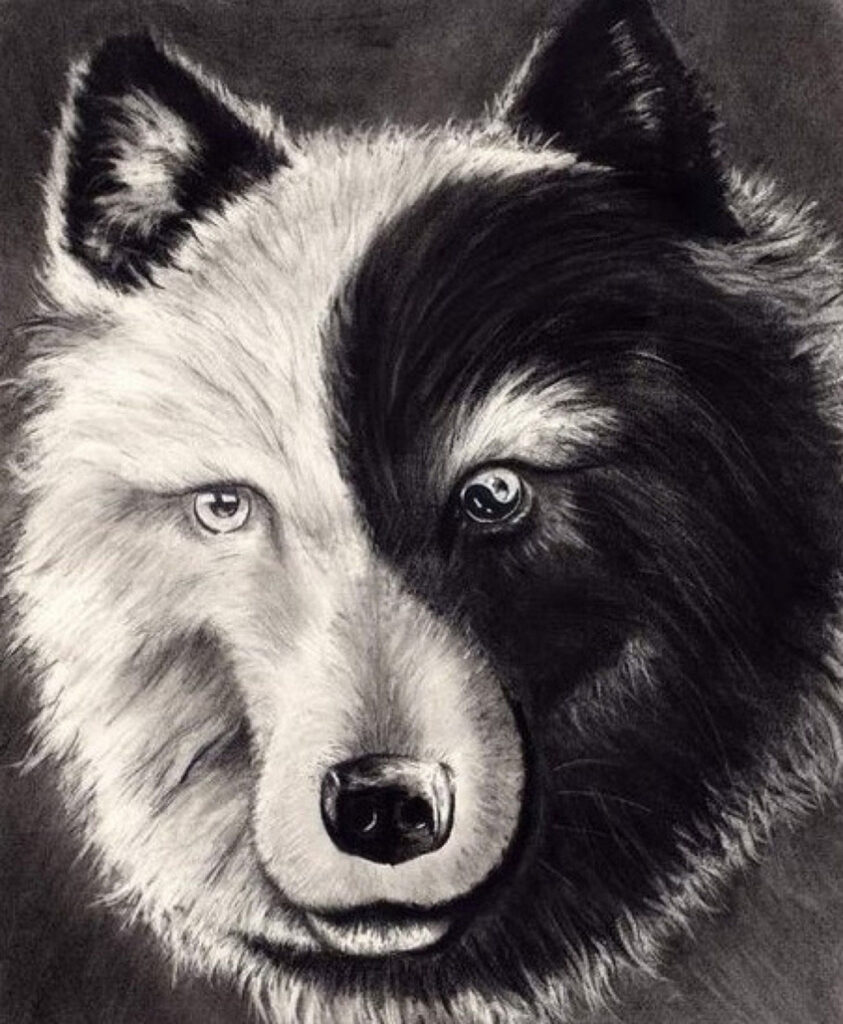
Americas ‘Settled in Three Waves’: Native American DNA Has Concluded
Americas ‘Settled in Three Waves’: Insights from the Largest Native American DNA Study
Explore groundbreaking research revealing that the Americas were settled in three major migration waves. Discover the fascinating history of Native American ancestry.

Americas ‘Settled in Three Waves’: What the Largest Native American DNA Study Reveals
The largest survey of Native American DNA has provided groundbreaking insights into the history of human migration to the Americas. Researchers have determined that the New World was settled in three major waves of migration, challenging the long-held belief that a single wave of migration was responsible for populating the continent.
Most indigenous Americans today are descended from a single group of migrants who crossed from Asia into Alaska over 15,000 years ago. However, later waves contributed to the diversity of indigenous populations across North and South America.
DNA Research Unveils Complex Migration History
The study, conducted by an international team of researchers and published in Nature, analyzed data from 52 Native American and 17 Siberian groups. By examining more than 300,000 variations in DNA — known as Single Nucleotide Polymorphisms (SNPs) — scientists revealed patterns of genetic similarities and differences that paint a detailed picture of migration patterns.
“For years, it has been contentious whether the settlement of the Americas occurred by means of a single or multiple migrations from Siberia,” said co-author Prof. Andres Ruiz-Linares from University College London. “Our research settles this debate: Native Americans do not stem from a single migration.”
Key Findings of the Study
- First Wave: The majority of Native Americans trace their ancestry to a single group of migrants that crossed into Alaska from Asia over 15,000 years ago.
- Second and Third Waves: Subsequent migrations brought genetic diversity and contributed to localized populations, particularly in northern and southern regions of the continent.
- Internal Dispersals: After the initial waves, patterns of human dispersal within the Americas created regional genetic distinctions.
Why This Research Matters
This groundbreaking study reshapes our understanding of indigenous ancestry and human migration. It highlights the resilience and diversity of Native American cultures while providing valuable insights into how populations adapted to new environments over millennia.
Conclusion
The discovery that the Americas were settled in three distinct waves of migration opens a new chapter in understanding the history of Native American peoples. This research underscores the importance of genetic studies in uncovering humanity’s shared past and preserving the legacy of indigenous cultures.
For more details, visit the original study here.
References and Further Reading
Americas ‘Settled in Three Waves’ | Www.Bbc.Co.Uk | The biggest survey of Native American DNA has concluded that the New World was settled in three major waves.





Responses